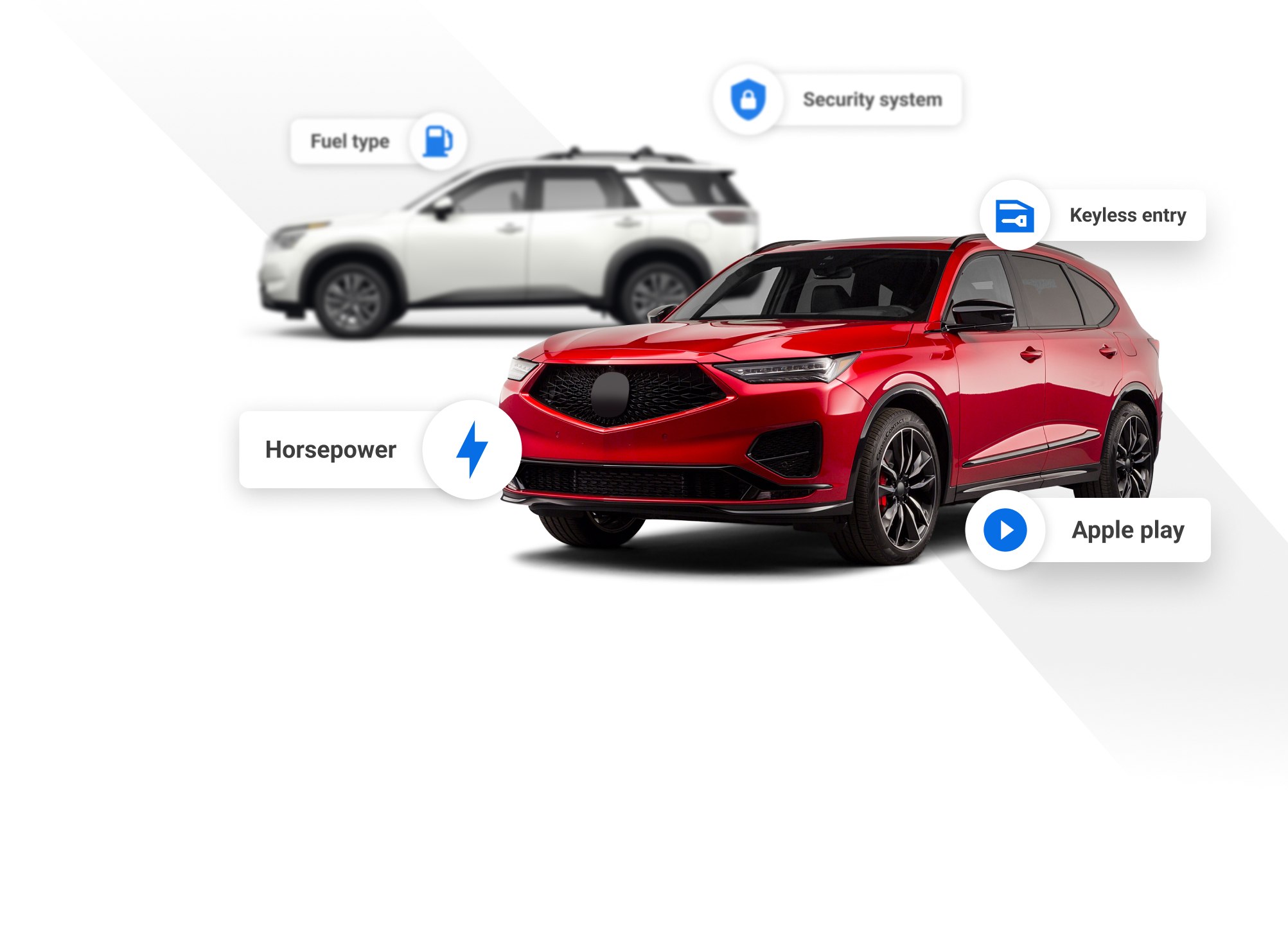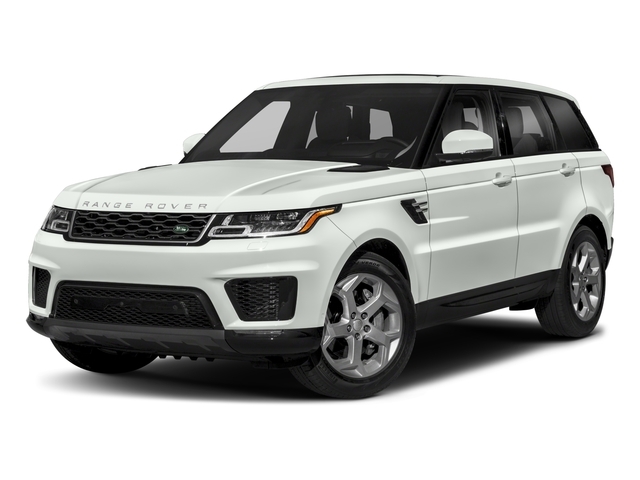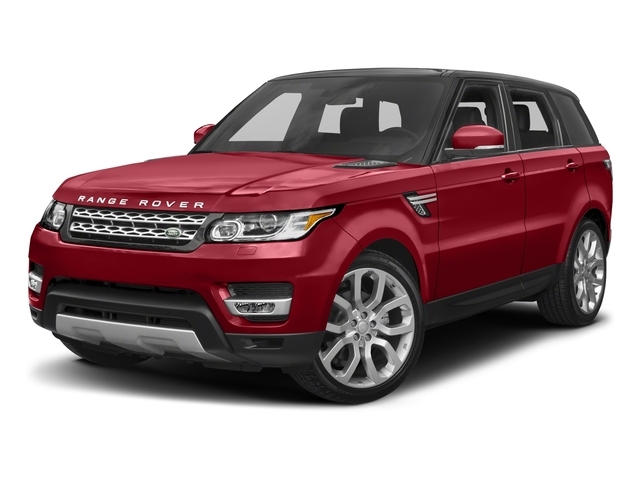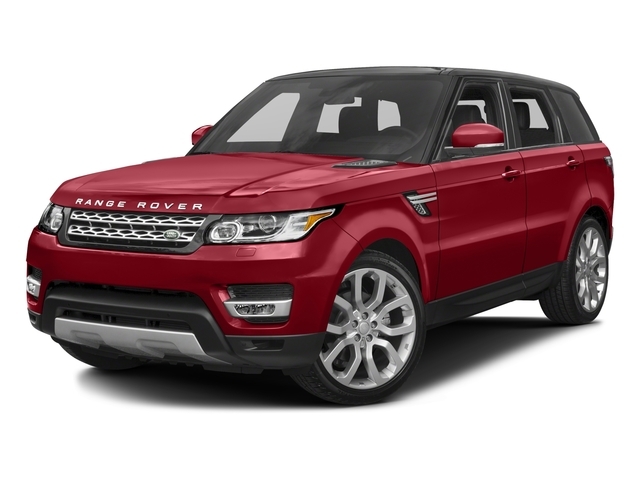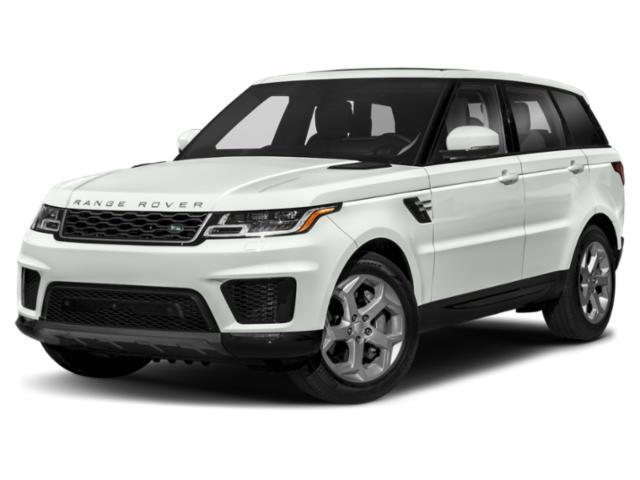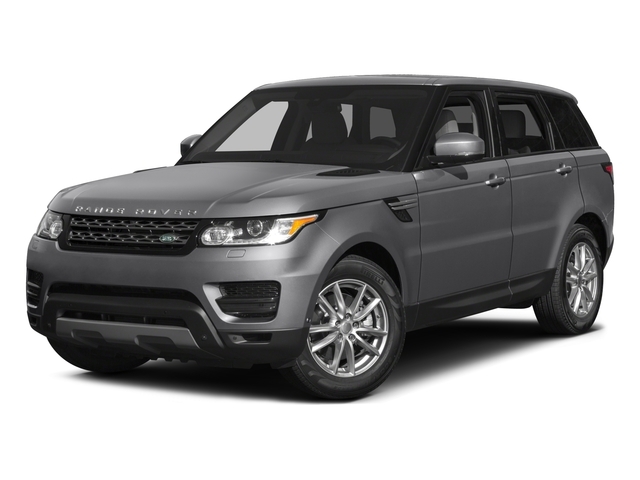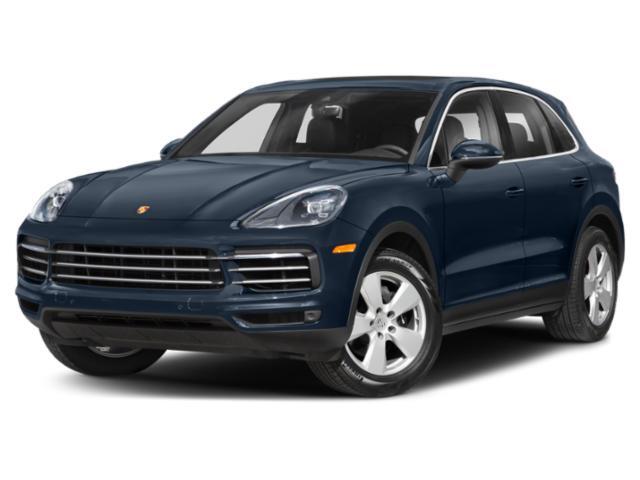
2019 Land Rover Range Rover Sport

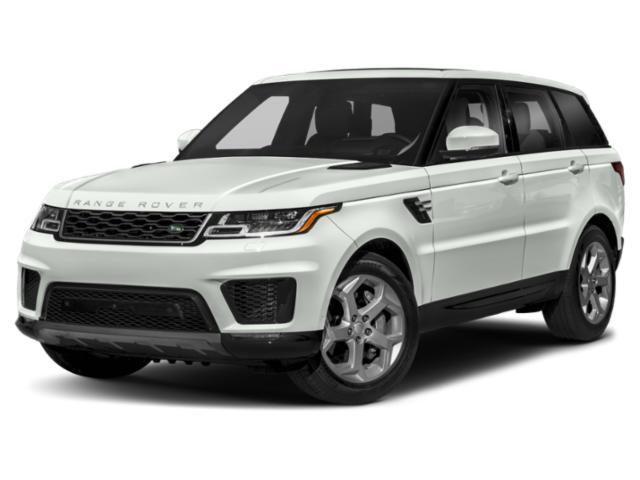
Key Specifications for 2019 Land Rover Range Rover Sport






Buyer’s Guide
This year marks the beginning of a new era for Britain's Land Rover, which rolls out its first electrified models for 2019 in plug-in hybrid (PHEV) versions of the range-topping Range Rover and the model you're reading about here, the Range Rover Sport.
That this pair of upscale sport utilities should be the first to get the PHEV treatment is no surprise: For one, they are the brand's flagship models; and second, they're very closely related to each other from an engineering point of view, so adding the new gas-electric powertrain to both was no big feat.
The new Range Rover Sport P400e matches a 2.0L turbocharged four-cylinder engine with an electric motor for 398 hp (rounded up to a neat 400 for the badge on the tailgate) and 472 lb-ft of torque. With a fully charged battery, Land Rover says the PHEV Rangie can go about 50 km on electricity alone; otherwise, the gas engine and electric motor work together, with the powertrain's electronic controls deciding which of the two is doing most of the motivating at any given time.
Otherwise, the Range Rover Sport's powertrain choices carry over. Entry-level models start out with a supercharged 3.0L gasoline V6 that makes either 340 or 380 hp and 332 lb-ft of torque and an optional 3.0L turbodiesel six-cylinder is good for 254 hp and 443 lb-ft. Working up the ladder leads us to a supercharged 5.0L V8 that generates 518 hp and 461 lb-ft, figures that get ratcheted up to 557 hp and 516 lb-ft in the performance-oriented SVR variant.
Regardless of engine choice, an eight-speed automatic transmission and four-wheel drive come standard.
Among other technologies new to the Range Rover Sport this year is a wade sensing system. When driving through deep water, it uses sensors on the bottom of the door mirror housings to warn the driver when they are approaching the car's maximum wading depth. The system also indicates the vehicle's angle and can estimate whether the water will get deeper or is becoming shallower.
Land Rover has also augmented the Sport's active safety offerings with an updated adaptive cruise control system with steering assist that helps the driver keep the car centred in its lane by applying gentle steering inputs at speeds up to 180 km/h. This is not an autonomous driving system, however: Land Rover says it requires the driver keeping their hands on the wheel.
Upscale items on offer include 14-way electric front seats that can be optioned to 16-way chairs with perforated Windsor leather and winged headrests. There's also ambient lighting that can be set to 10 different colours and a front console bin that Land Rover will turn into a fridge large enough to chill four half-litre bottles.
Review & Compare:
Photos

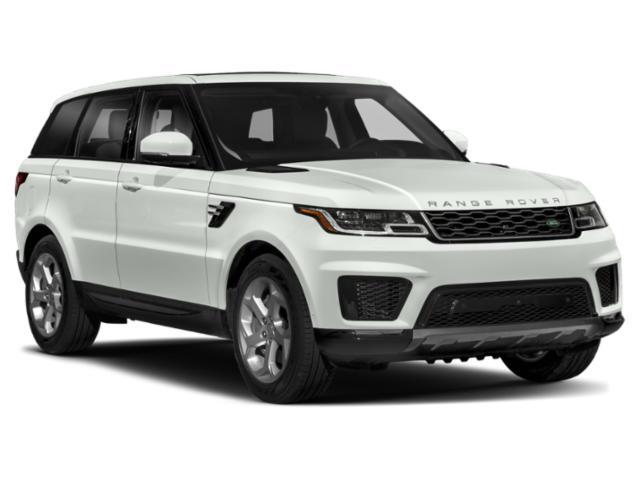
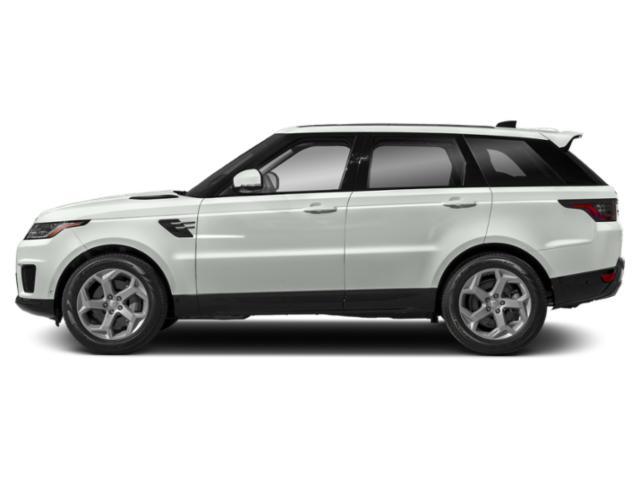
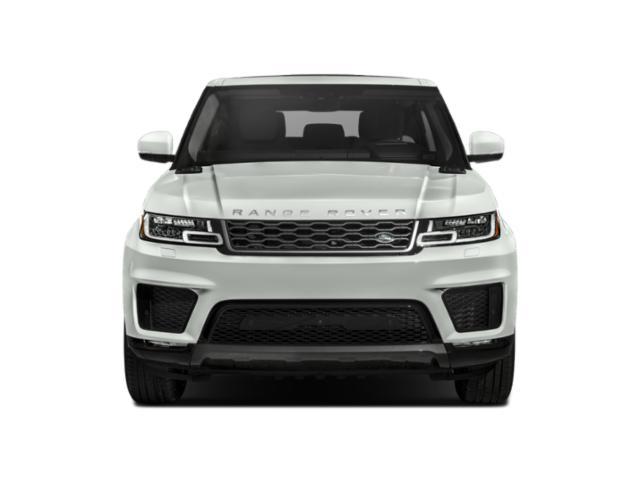
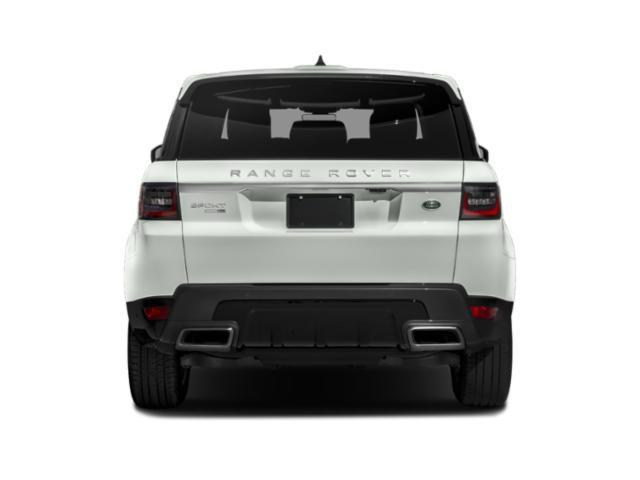
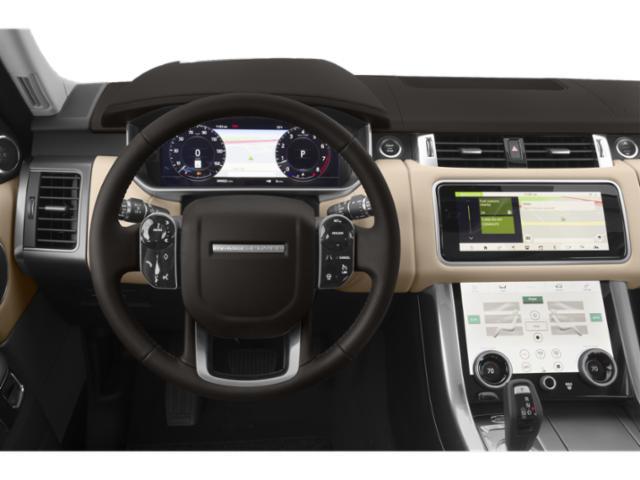
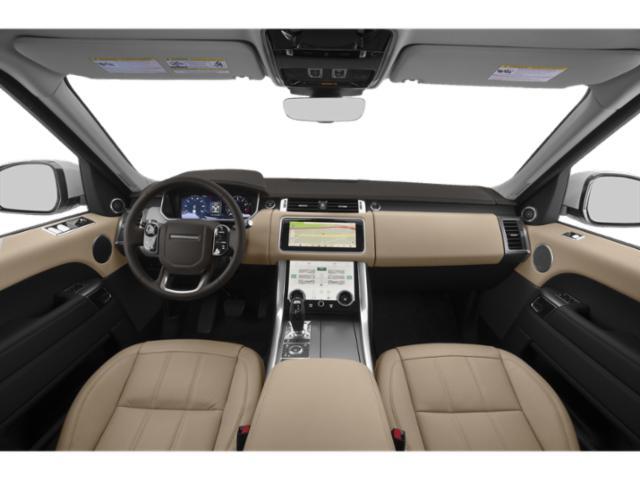
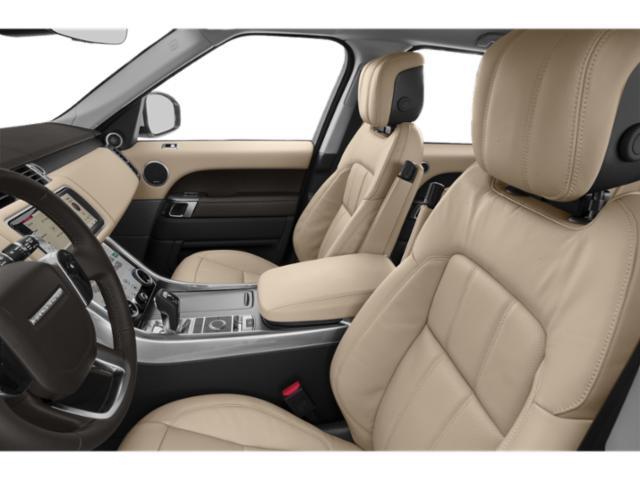
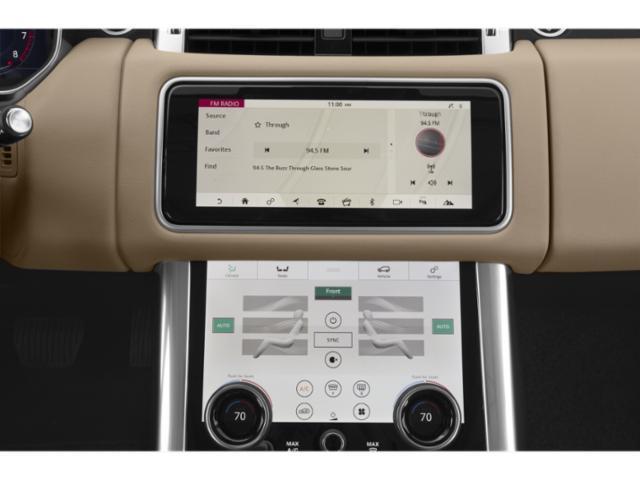
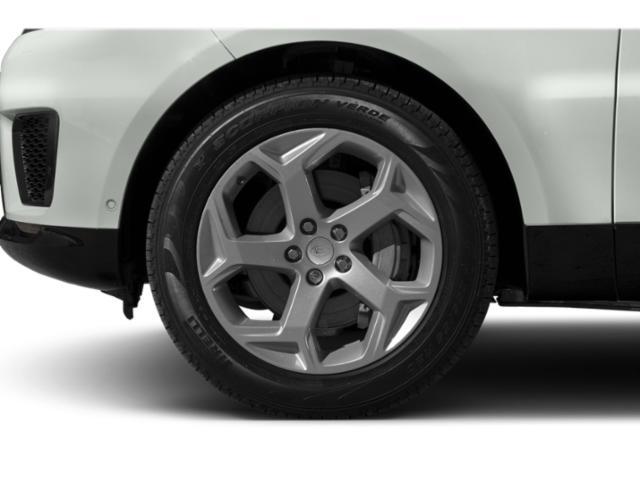
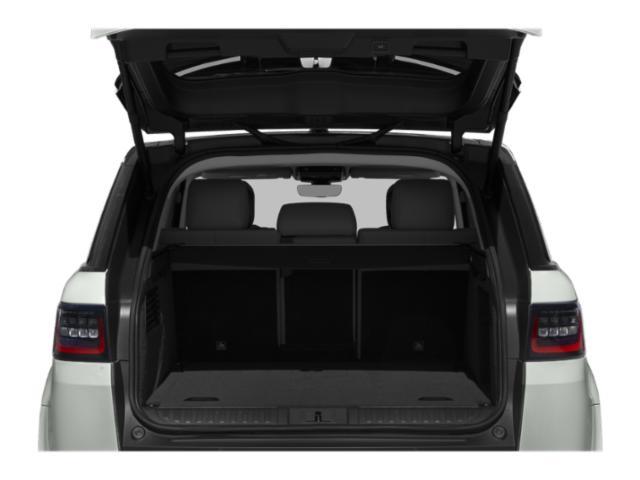
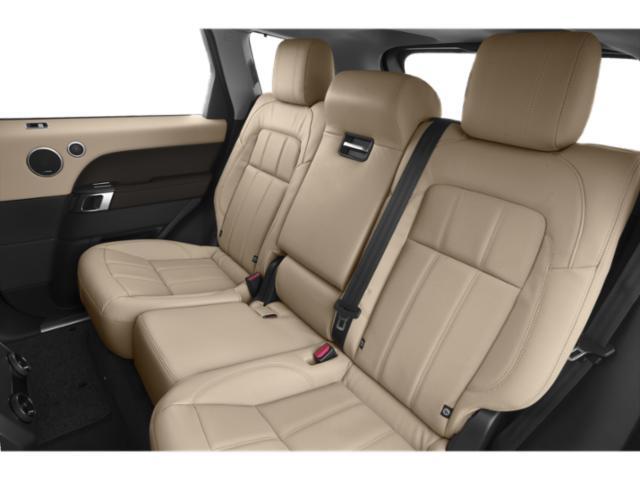
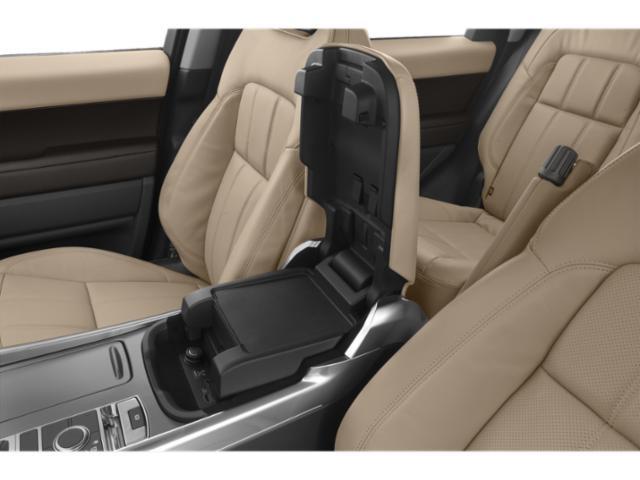


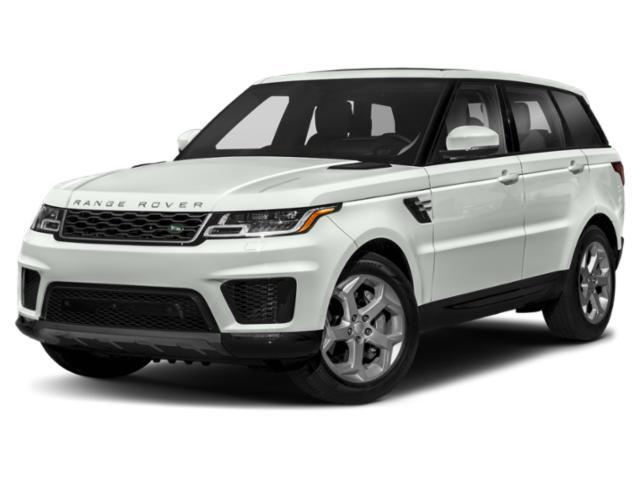
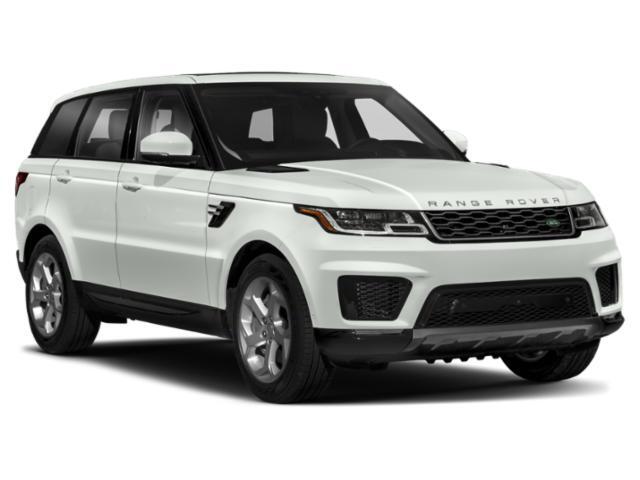
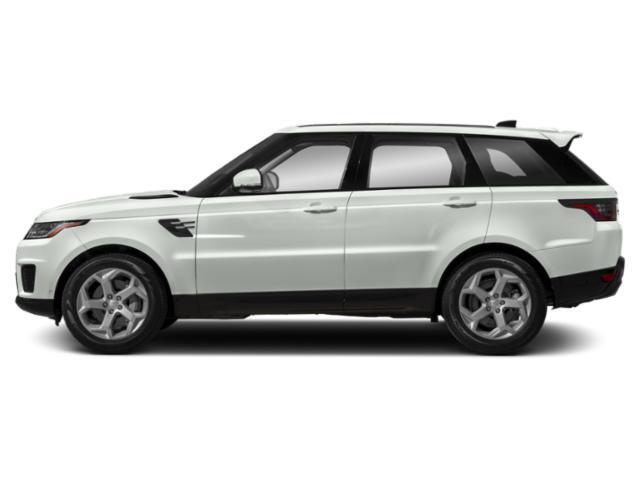

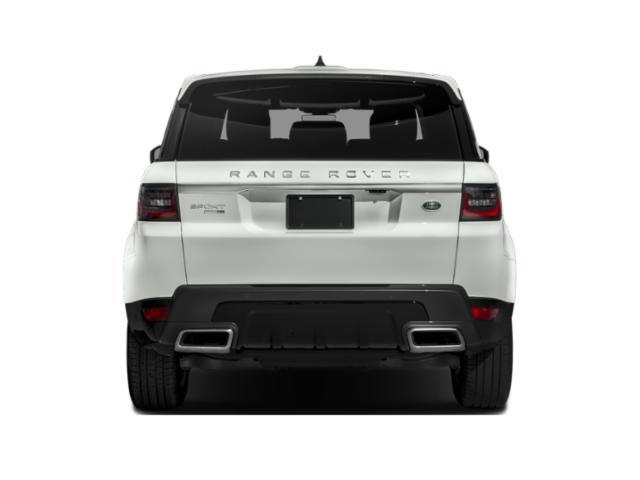
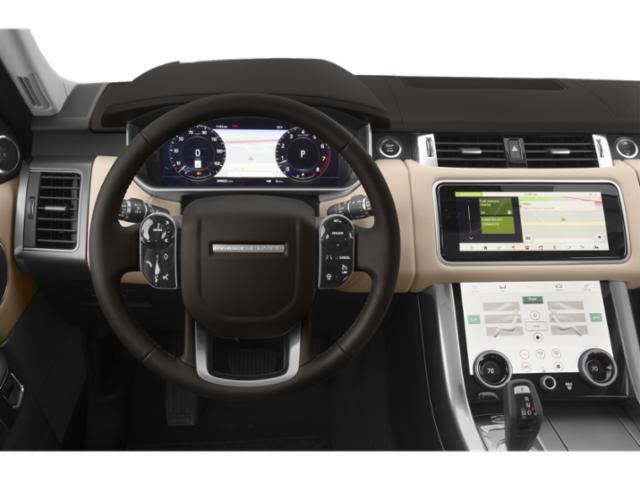
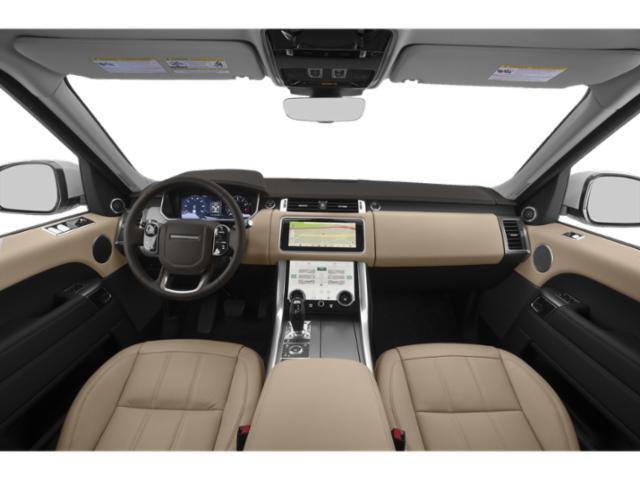
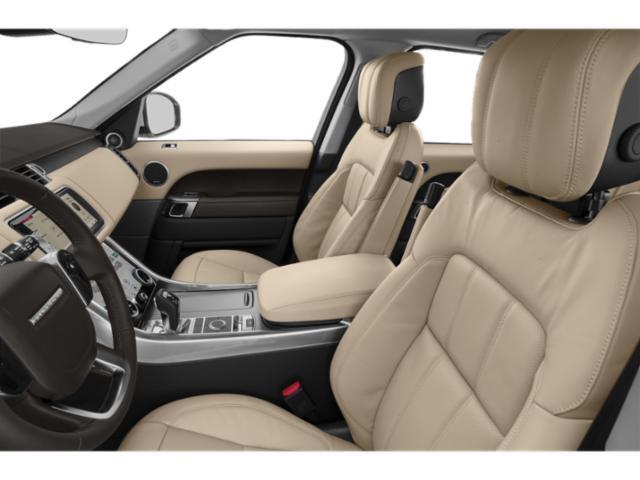
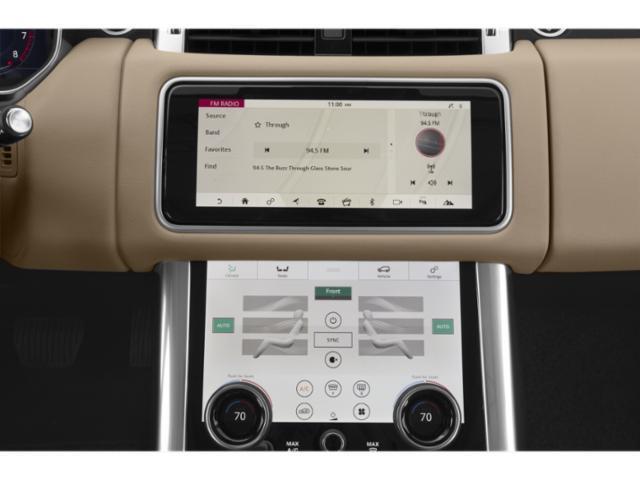
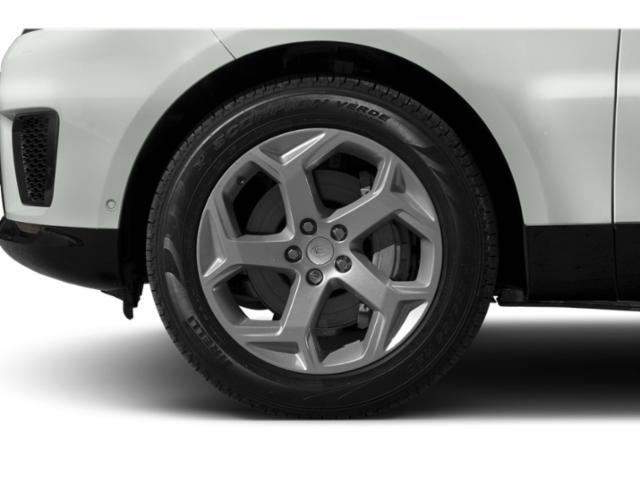

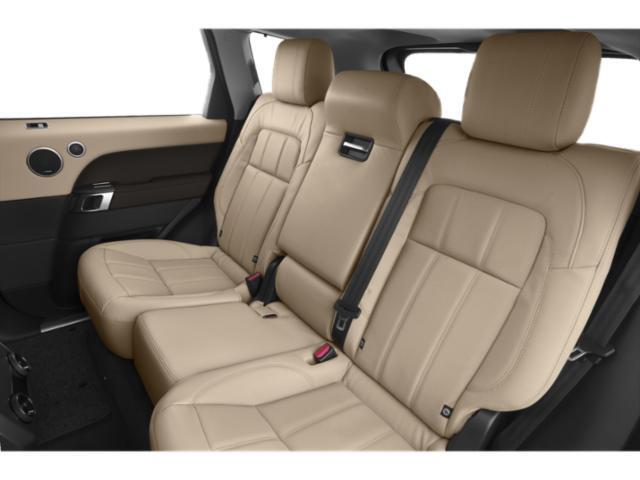
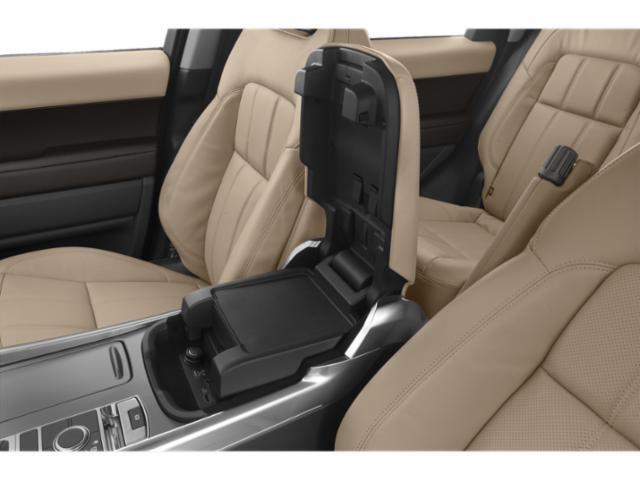
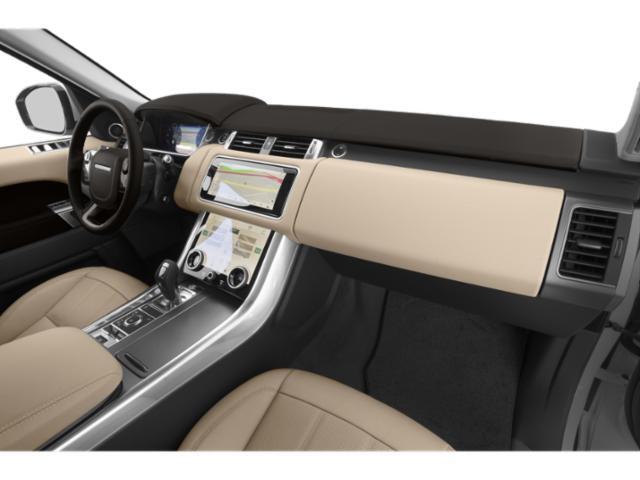
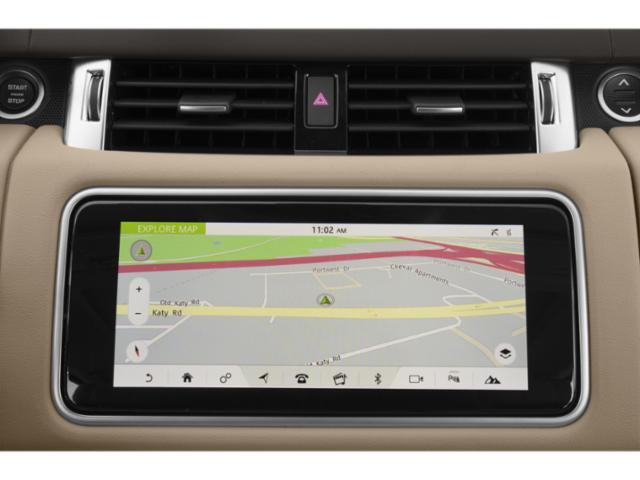






























AutoTrader Review


This vehicle has not yet been reviewed



